Feline calicivirus ( FCV ) is a common infectious viral disease that affects cats. The disease is characterized by upper respiratory symptoms, pneumonia, oral vesicular disease, and occasionally arthritis. It is a relatively mild flu-like condition and rarely causes serious complications. Feline Calicivirus infection is more stable in the environment. Overcrowding, stress, poor husbandry, poor nutrition are the risk factors of the disease. Kittens are more acceptable to be affected than adult cats.
What Do You Need To Know About FCV Infection?
Feline Calicivirus Infection is a common disease in house cats. Your cat may suffer from this disease if he comes in contact with other non-vaccinated cats. Almost all breeds of cats are susceptible to the disease. Young and unvaccinated cats are more vulnerable than adult and vaccinated cats. In my article, I shall highlight the most common information that will help you to prevent and control the disease in your lovely cat.
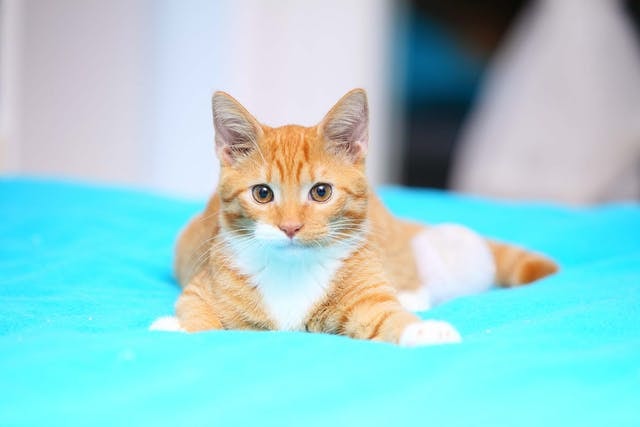
Causes of Feline Calicivirus Infection
Feline calicivirus ( FCV ) is a virus of the family Caliciviridae that cause respiratory infection in cats. Numerous feline calicivirus strains exist, and different strains cause different symptoms, e.g., one particular piece can cause ulcers on the paws and in the mouth. It usually affects the upper respiratory tract and sometimes the lungs. It can also infect the intestine and has been isolated from feces.
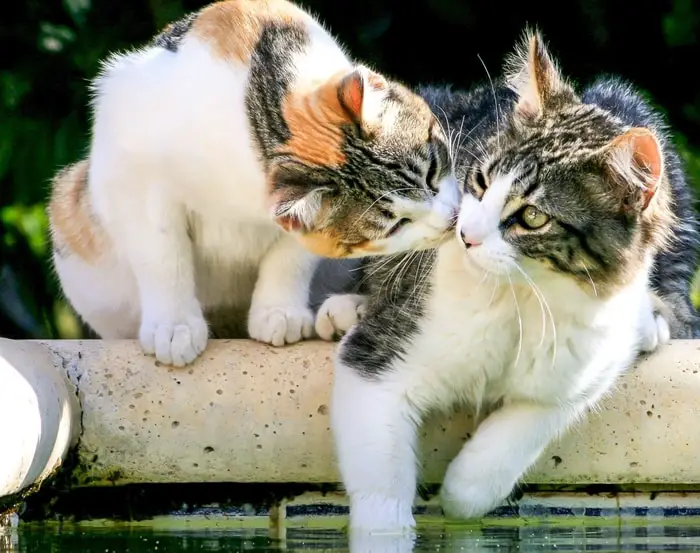
Epidemiology of FCV Infection
Feline Calicivirus occurs worldwide and affects all breeds of cats. Feline vaccination has reduced clinical disease incidence, but it hasn’t decreased the virus’s prevalence. The organism is spreading, even though fewer cats show symptoms. FCV can be isolated from about 50% of cats with a respiratory infection. Natural immunity from maternal antibodies may last for nine weeks.

Transmission and Spread of Feline Calicivirus Infection
Infection is attained by ingestion or inhalation of infectious virus present in saliva and excretion or secretions from infected cats. Like FHV-1, the oral route of infection is the most important, and direct contact with infected cats or virus-contaminated fomites is the primary method of transmission rather than aerosolized particulates.
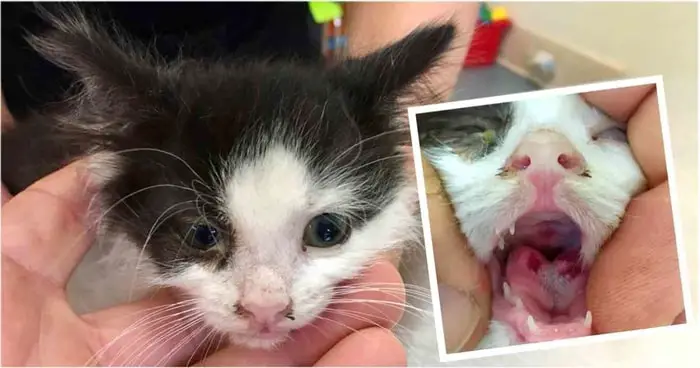
Clinical Signs and Symptoms of FCV Infection
Calicivirus affects the upper respiratory tract, the musculoskeletal system, the eyes, and the gastrointestinal tract. Common clinical signs and symptoms include the following:
- Acute lameness with pain due to tenderness in the joints or muscles.
- Fever and mild loss of appetite.
- Pneumonia, often accompanied by labored and difficult breathing.
- Ulcerations on the palate, tongue, lips, or tip of the nose.
- General ulceration around the claws, on the bottom of the feet, and between the toes.
- Upper respiratory infection with eyes and nose discharge mucous.
- Stomatitis, gingivitis, and lymphoplasmacytic also occur.
Diagnostic Procedure of Feline Calicivirus Infection
The standard diagnostic procedures are as follows:
- The presumptive diagnosis depends on history- the cat’s vaccination status, past exposure, and clinical symptoms.
- Diagnosis may be confirmed by the Immunofluorescent assays of lung tissues and oro-pharyngeal cultures.
- Utilization of serum testing to identify paired serum samples, a rise in titer over two weeks is considered a positive diagnosis.
- X-rays to detect pneumonia.
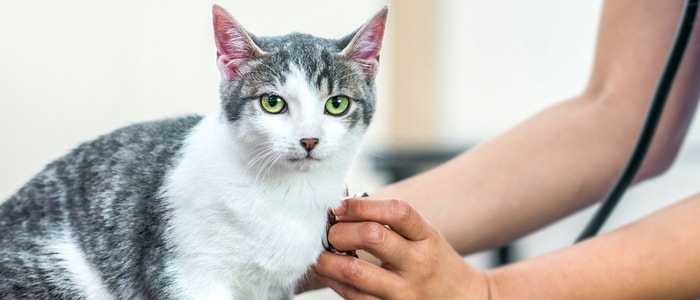
Differential Diagnosis of FCV Infection in Cats
The disease is confused with the following illness, and you can differentiate it by the following technique:
- Cats having Rhinotracheitis virus sneeze more, have more eye discharge and inflammation, and are more likely to have pneumonia.
- Cats with Feline chlamydiosis have chronic conjunctivitis.
Calicivirus Treatment at Home
Except for cases of critical pneumonia, treatment is palliative and provided on a symptomatic basis.
- Make assured that the cat eats and drinks enough. Offer foods that smell and taste useful to them.
- If your cat has ulcers in the mouth, you may give a soft diet.
- Clean the nose and eyes of your cat clean and clear.
- You make sure the room where the cat is staying is well ventilated, warm, and well lighted.
- Respiratory infection should be closely monitored for the sudden development of labored difficult breathing; oxygen therapy may be required.
- Oxygen therapy may be administered Oxygen through a face mask.
- Antiviral drugs haven’t proven beneficial for cats with calicivirus.
For the treatment of secondary bacterial infections and arthritis pain, the following drugs may be prescribed.
- Antibacterial eye ointments to treat secondary bacterial conjunctivitis.
- Oral antibiotics are used to prevent or treatment of secondary bacterial infections.
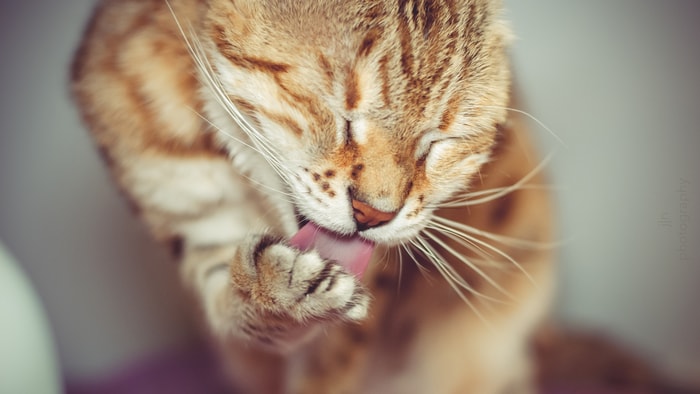
Prognosis of Feline Calicivirus Infection
FCV infection is a common viral disease in cats. The probable prognosis and fate of the disease are:
- Clinical symptoms usually appear after 3 to 4 days of infection. Once the cat’s immune system starts producing antibiotics to the virus, generally about a week after illness, recovery is quick.
- Unless the cat develops severe pneumonia, the prognosis is excellent.
- The infection may persist even after the cat recovers and the symptoms disappear.
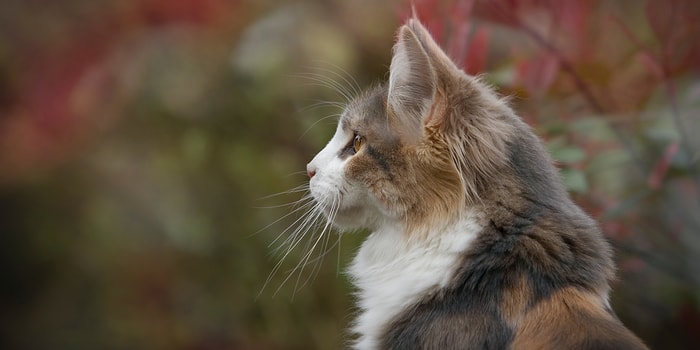
Prevention and Control of FCV in Cats
You can prevent FCV infection by simple following the ways:
- Young cats should be vaccinated at the age of 8 to 10 weeks, second dose after 3 to 4 weeks.
- Revaccination should be done every 1 to 3 years.
- Keep the cat indoors and away from infected animals to prevent the spreading of the virus.
- Use bleaching powder at 1: 32 dilution to clean contaminated areas to avoid re-infecting the sick cat or infected other cats.
- Keep your cat healthy and take necessary care of your cats.